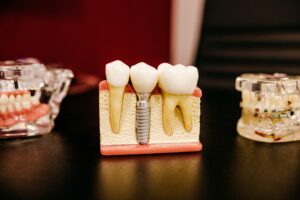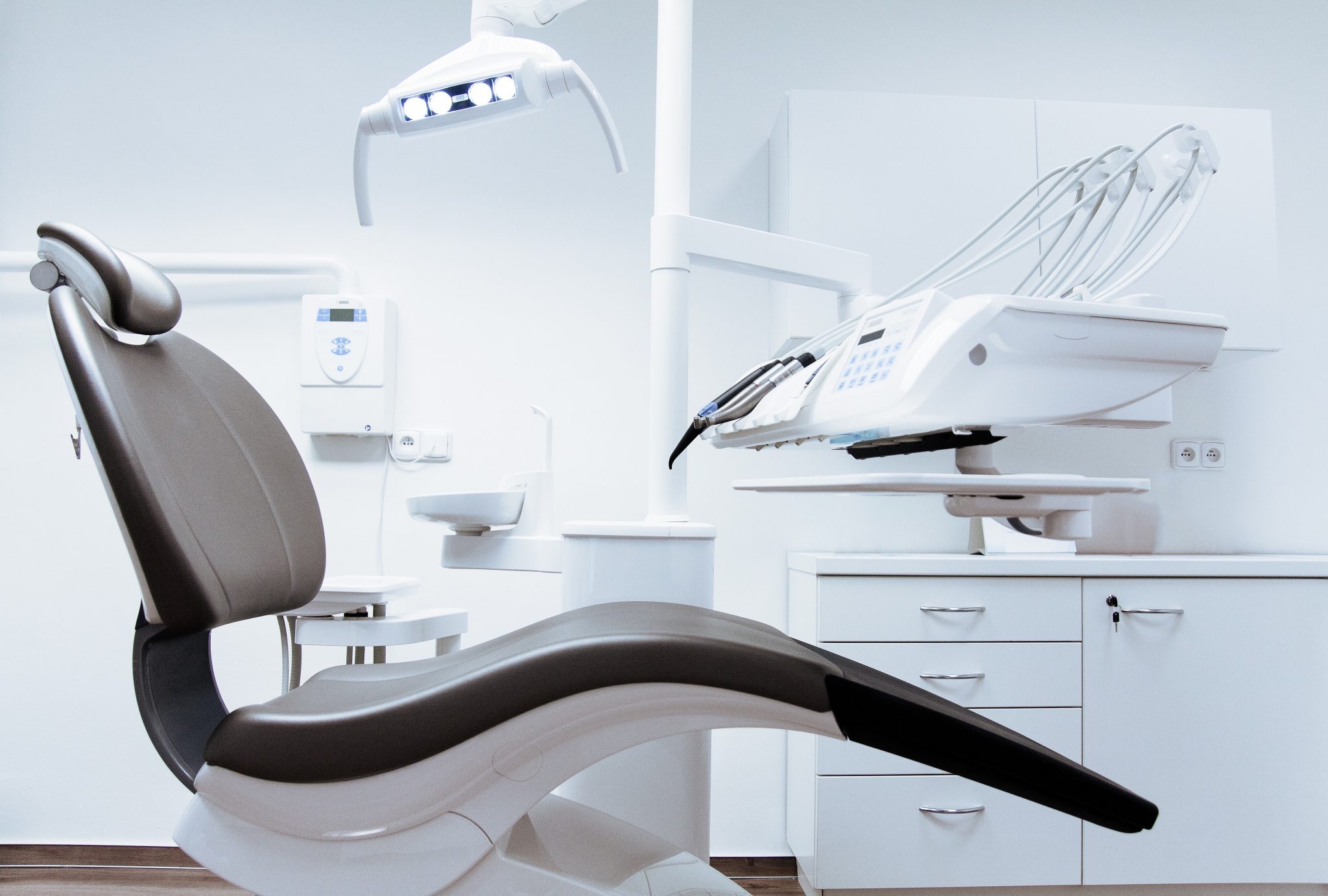Tooth Broken with Root Still in Gums: What You Need to Know



Tooth Broken with Root Still in Gums: What You Need to Know
When a tooth breaks, it can be a painful and distressing experience. If the root of the tooth is left behind in the gums, it can become a source of infection and lead to further complications. Understanding the causes, symptoms, and treatment options for a broken tooth root still in the gums is essential for maintaining good oral health. There are several causes of a broken tooth root, including physical trauma, enamel decay, and biting down on hard objects. Symptoms can include pain, bleeding, swelling, and tooth discoloration. Emergency dental care may be necessary to prevent further damage and infection. Treatment options may include putting the piece back, moving the tooth, doing a root canal, adding a cap or crown, or taking the tooth out. Preventive measures such as regular dental check-ups and good oral hygiene can help reduce the risk of a broken tooth root.Key Takeaways
- A broken tooth root left in the gums can lead to infection and further complications.
- Symptoms of a broken tooth root include pain, bleeding, swelling, and tooth discoloration.
- Treatment options may include putting the piece back, doing a root canal, or removing the tooth. Preventive measures such as regular dental check-ups and good oral hygiene can help reduce the risk of a broken tooth root.
What is a Broken Tooth Root?
A broken tooth root occurs when a tooth breaks or fractures, leaving a part of the tooth, including the root, still in the gums. This can happen due to a variety of reasons, such as tooth injury, decay, or biting on hard objects. One type of broken tooth root is a vertical root fracture, when the tooth pieces separate vertically, leaving the root in the gums. This type of fracture can be difficult to detect and may not cause any pain or discomfort initially. If left untreated, a broken tooth root can lead to pain, infection, and other complications. It is essential to seek immediate dental care if you suspect a broken tooth root. Treatment for a broken tooth root may involve removing the remaining root from the gums. This procedure is typically performed under local anesthesia and involves making an incision in the gums to reveal the retained roots.Causes and Risk Factors
When a tooth breaks, the root may remain lodged in the gum. There are several factors that can cause a broken tooth root, including:Dietary Habits
Consuming hard foods, such as candy, ice, or nuts, can put excessive pressure on the teeth and cause them to break. Additionally, a diet high in sugar and carbohydrates can lead to tooth decay, weakening the tooth structure and making it more prone to breaking.Contact Sports and Accidents
Participating in contact sports or experiencing a car accident can result in trauma to the face or mouth, leading to a fractured tooth root.Dental Health Conditions
Untreated dental problems, such as tooth decay or periodontitis, can weaken the tooth structure and increase the risk of a broken tooth root. Additionally, tooth enamel erosion can make the teeth more vulnerable to damage. It is important to note that not everyone who experiences these risk factors will necessarily develop a broken tooth root. However, being aware of these risk factors and taking steps to prevent them can help maintain good dental health and reduce the risk of dental problems.Symptoms and Diagnosis
When a tooth breaks and the root remains in the gums, it can cause a range of symptoms. The most common symptom is tooth pain, which can range from mild to severe. The pain may be constant or intermittent and may be accompanied by swelling and redness around the affected tooth. Another symptom of a broken tooth root is sharp edges that can cut the tongue or cheek. This can cause discomfort and make it difficult to eat or speak. In some cases, the sharp edges can also cause bleeding. To accurately diagnose a broken tooth root, a dentist will need to perform a thorough examination of the affected tooth and surrounding area. This may include taking X-rays to determine the extent of the damage and to check for any other underlying issues, such as decay or infection. In some cases, a dentist may also use a special instrument called an explorer to gently probe the affected tooth and surrounding gums. This can help the dentist determine the extent of the damage and whether any other treatments, such as a root canal or extraction, may be necessary. Overall, if you experience any symptoms of a broken tooth root, it is important to seek prompt treatment from a qualified dental professional. With proper diagnosis and treatment, most cases of broken tooth roots can be successfully treated, allowing you to regain full function of your teeth and gums.Emergency Dental Care
A broken tooth with the root still in the gum is a dental emergency that requires prompt attention. In such cases, it is essential to seek emergency dental care to prevent further complications. The first step is to rinse your mouth gently with warm water to remove any debris or blood. Avoid using hot or cold water as it can cause pain and discomfort. If there is bleeding, apply pressure with a clean cloth or gauze to stop it. Next, contact an emergency dentist, dental office, or dental clinic to schedule an appointment as soon as possible. Explain the situation and provide any relevant information, such as the location and severity of the injury. In the meantime, avoid touching the broken tooth or attempting to remove it yourself. If there is pain, you can take over-the-counter pain medication, such as ibuprofen or acetaminophen, as directed. When you arrive at the dentist’s office, they will evaluate the situation and determine the best course of action. Depending on the severity of the injury, they may recommend a dental crown, root canal, or extraction. It is important to follow the dentist’s instructions for aftercare and attend any follow-up appointments. This will ensure proper healing and prevent any further complications.Treatment Options
When a tooth breaks off at the gum line, there are several treatment options to consider. The best option will depend on the severity of the break, the remaining tooth structure, and the patient’s overall dental health. A dental professional will work with the patient to develop a treatment plan that is right for them.Tooth Extraction
Tooth extraction is a common procedure for broken teeth with roots still in the gums. If the tooth is severely damaged or decayed, extraction may be the best option. A dental extraction can be a simple or surgical procedure, depending on the tooth’s location and condition. After the extraction, the patient may require a dental implant, dental bridge, or dentures to replace the missing tooth.Root Canal Treatment
Root canal treatment is another common treatment option for teeth with broken roots. A root canal can save the remaining tooth structure and prevent the need for extraction. During the procedure, the dental professional will remove the damaged or infected pulp from the root canal tooth and then fill the space with a dental cement. After the root canal, the patient may require a dental crown to protect the remaining tooth structure.Dental Implants and Crowns


Dental Veneers and Fillings
Dental veneers and fillings may be options for patients with less severe tooth damage. Dental veneers are thin shells that are placed over the front of the teeth to improve their appearance. Dental fillings are used to repair small areas of tooth decay or damage. Large dental fillings may require a tooth-colored composite resin to match the natural tooth color.Other Procedures
In some cases, additional procedures may be necessary for extensive work or to address other dental issues. These may include surgical extractions, gum disease treatment, or orthodontic treatment to correct misaligned teeth. The dental professional will work with the patient to develop a comprehensive treatment plan that addresses all of their dental needs.Preventive Measures
Preventive measures are essential to keep teeth healthy and avoid any dental emergencies such as broken tooth root still in gum. Here are some tips to prevent tooth damage and decay:- Brushing and flossing regularly: Brushing twice a day and flossing once a day can help remove plaque and food particles that can cause decay and damage to teeth.
- Eating a healthy diet: A diet rich in calcium, vitamins, and minerals can help strengthen teeth and prevent decay. Avoid sugary and acidic foods that can erode enamel.
- Wearing a mouthguard: If someone participates in contact sports, wearing a mouthguard can help protect teeth from trauma.
- Visiting the dentist regularly: Regular dental check-ups can help detect any issues early on and prevent them from becoming more severe.
- Dental sealants: Dental sealants are a protective coating applied to the chewing surfaces of teeth to prevent decay. They are especially useful for children who may have difficulty brushing their molars properly.
- Protecting enamel: Enamel is the outer layer of the tooth that protects it from damage. Avoiding acidic foods and drinks, using a straw for sugary drinks, and limiting snacking can help protect enamel.


[…] Can refer to What happens if a broken tooth is left inside the gum? […]